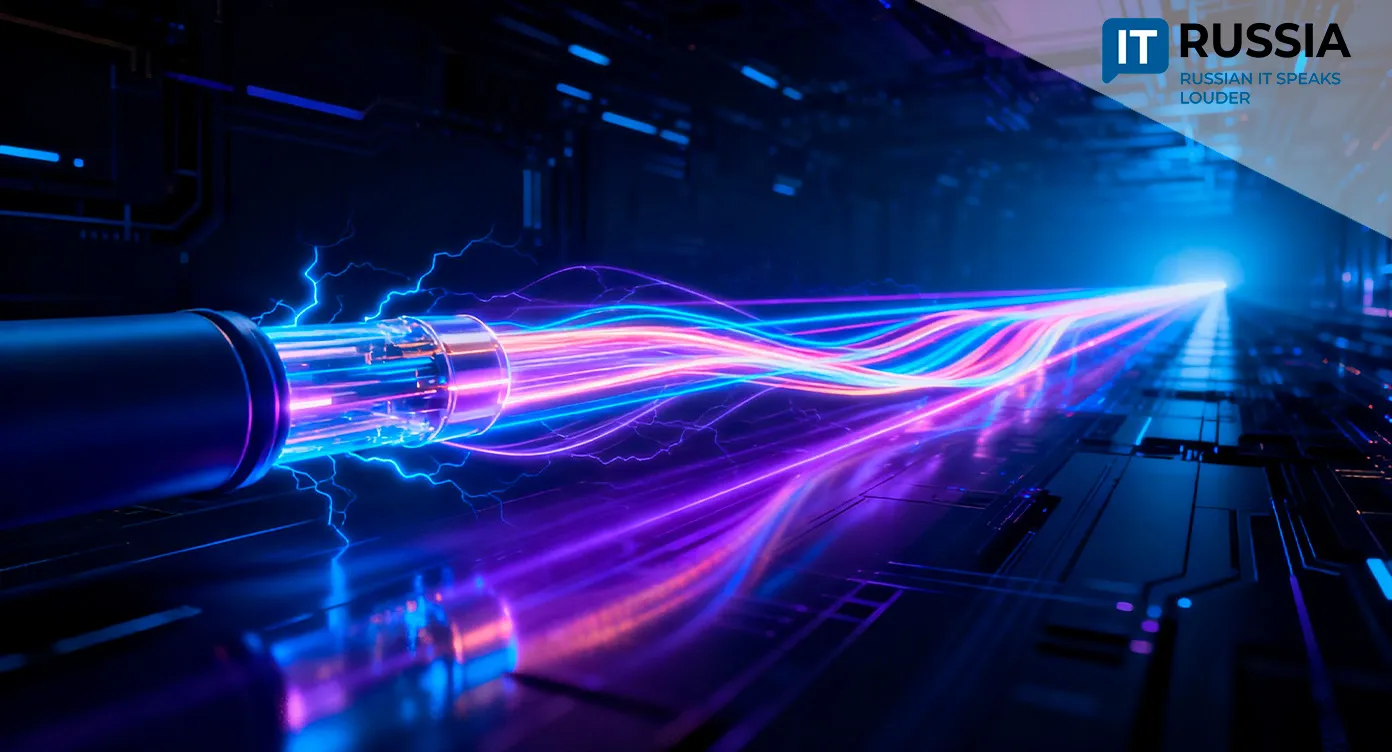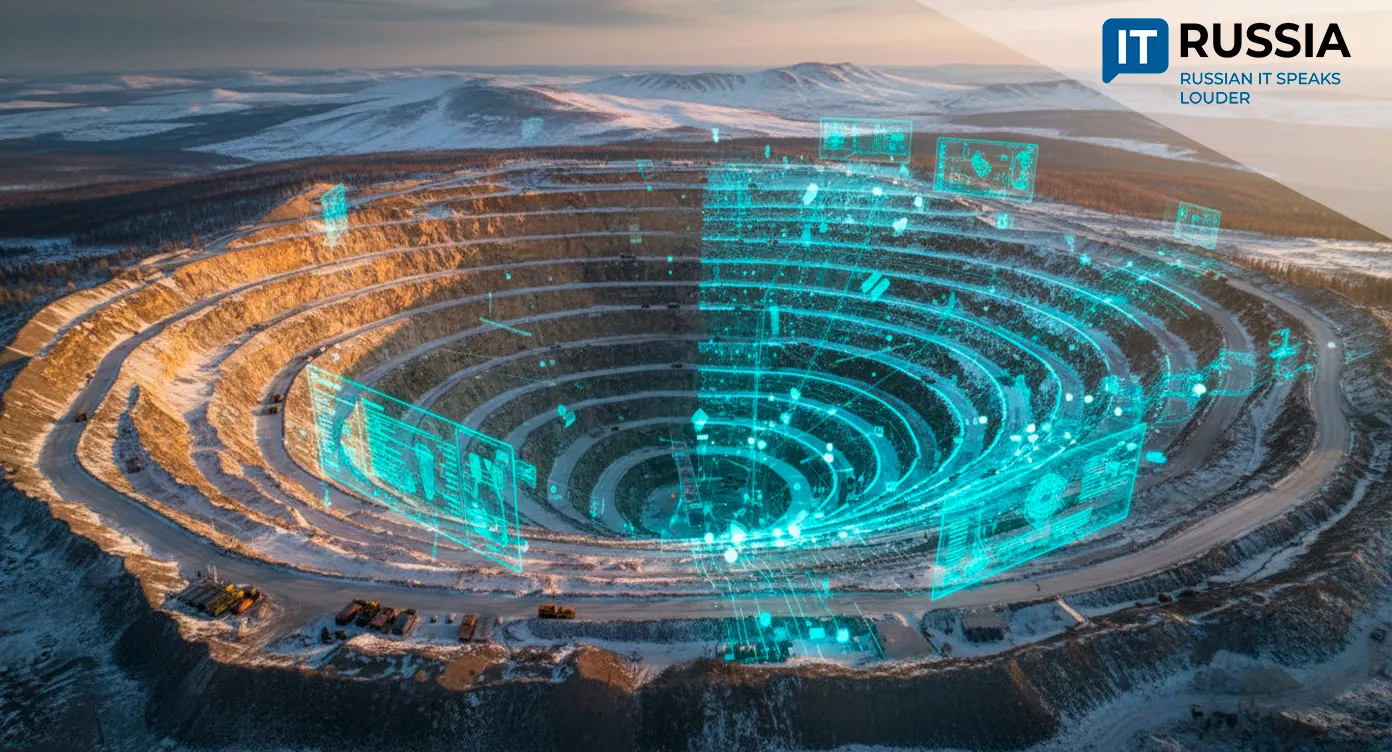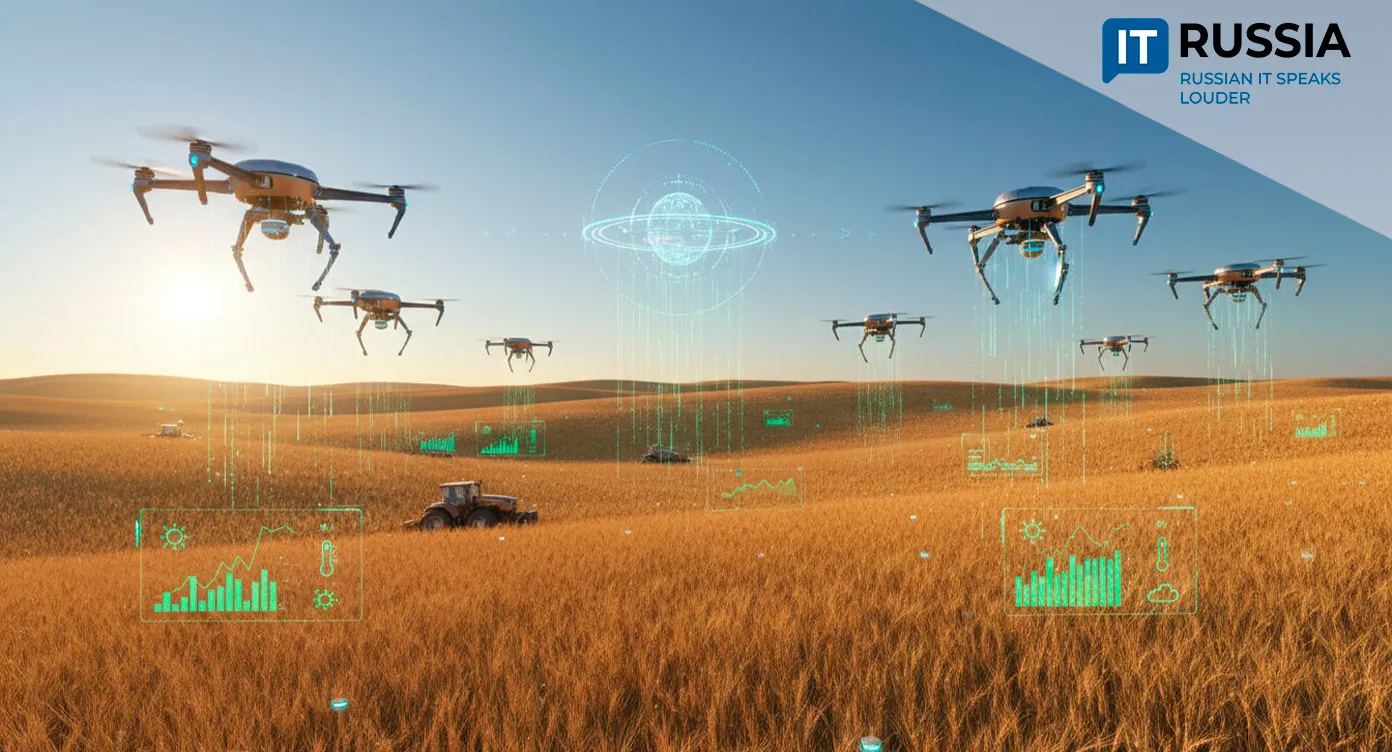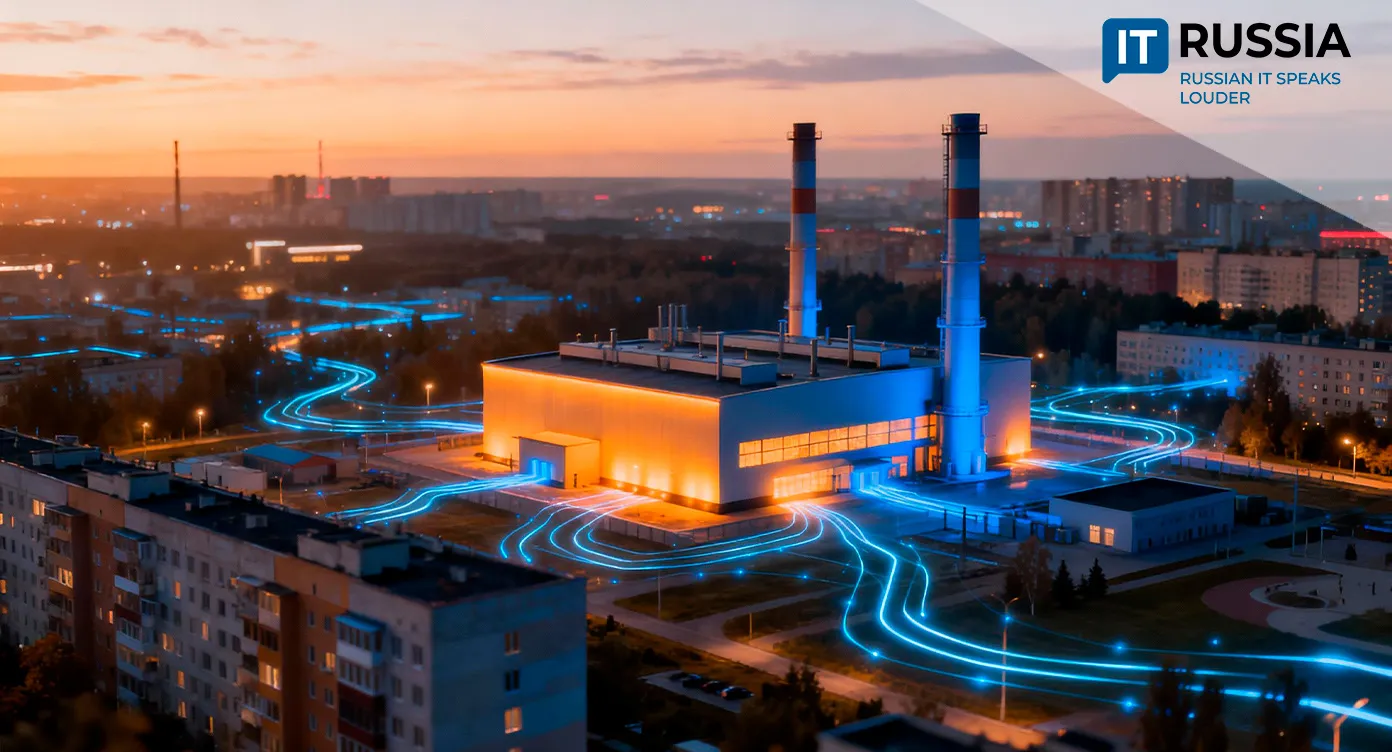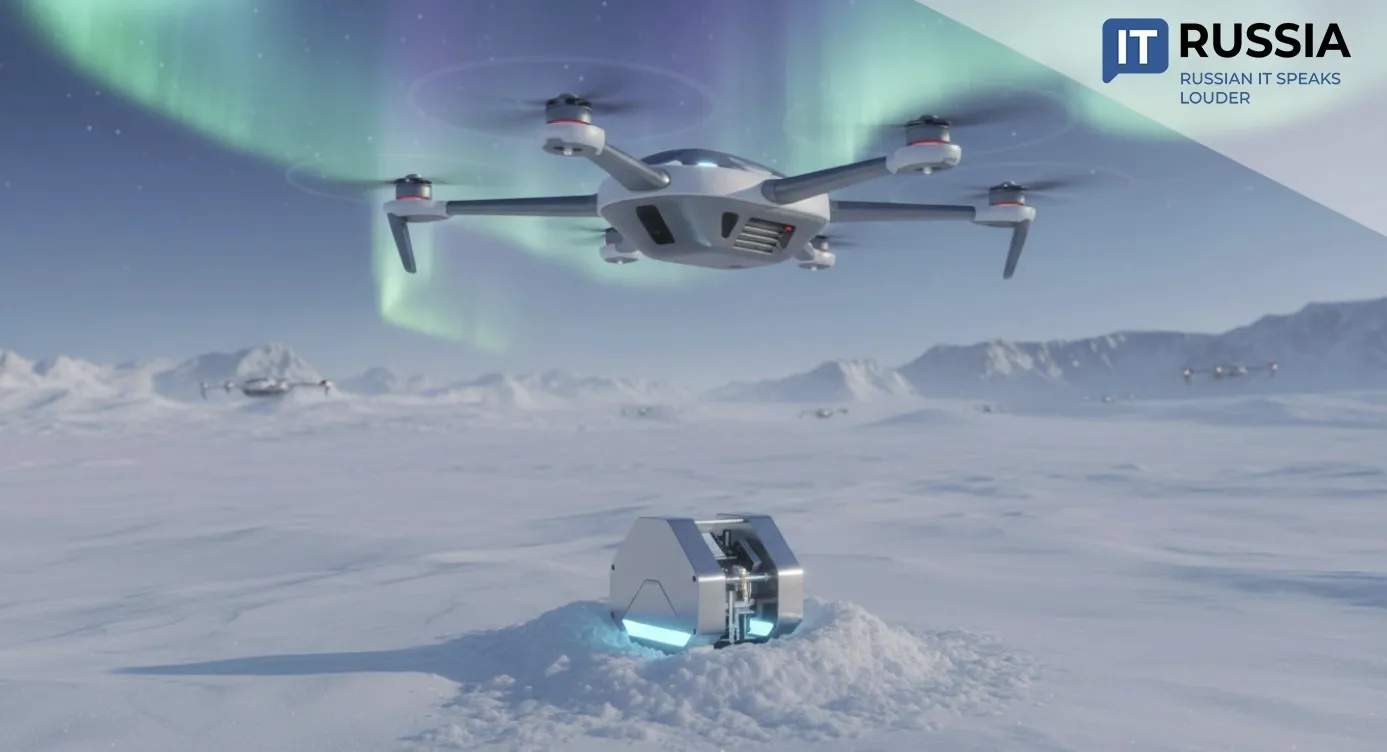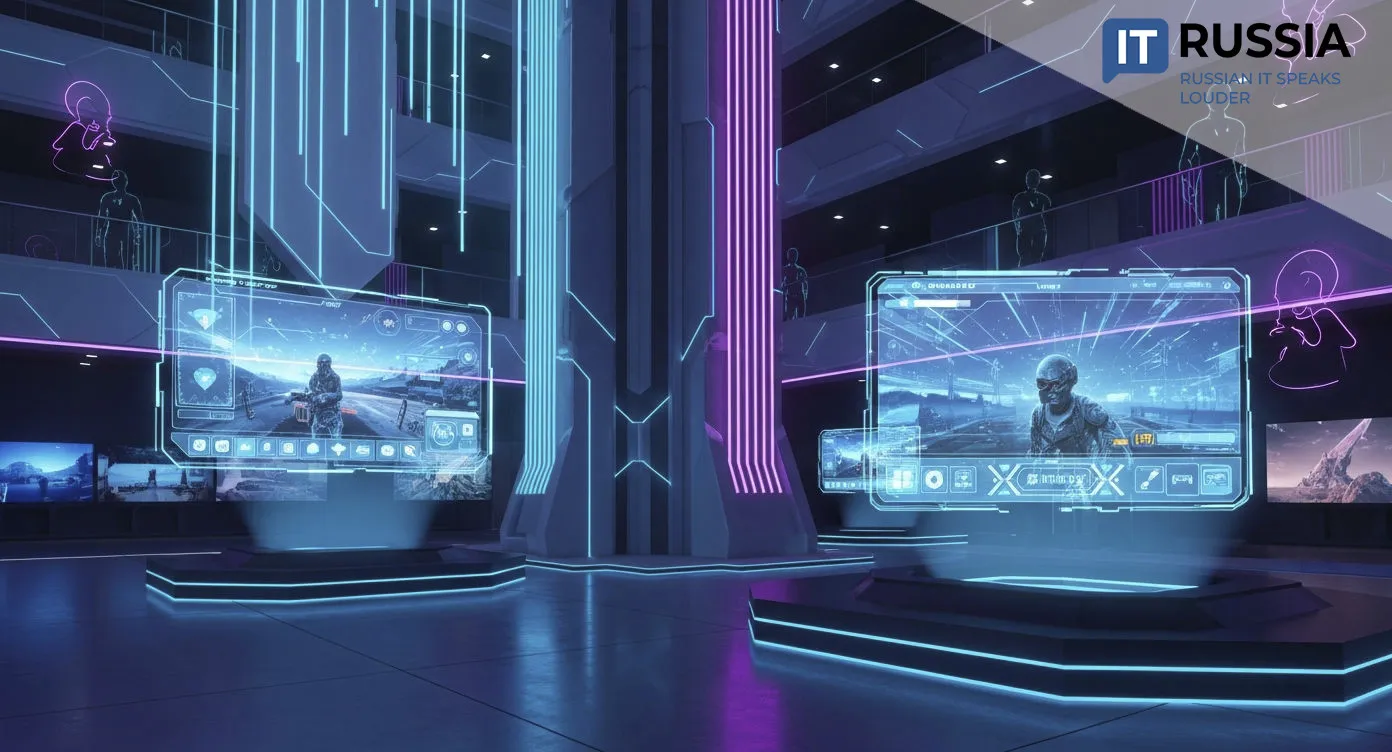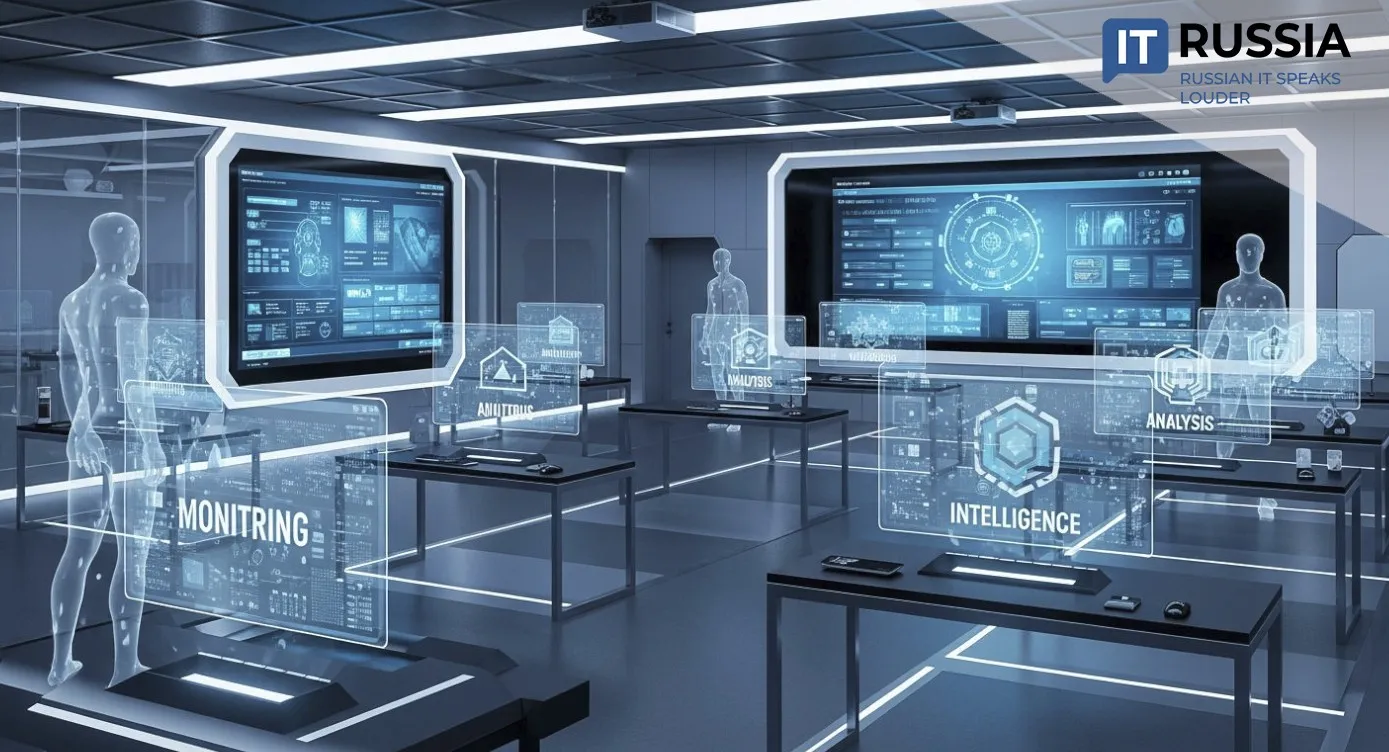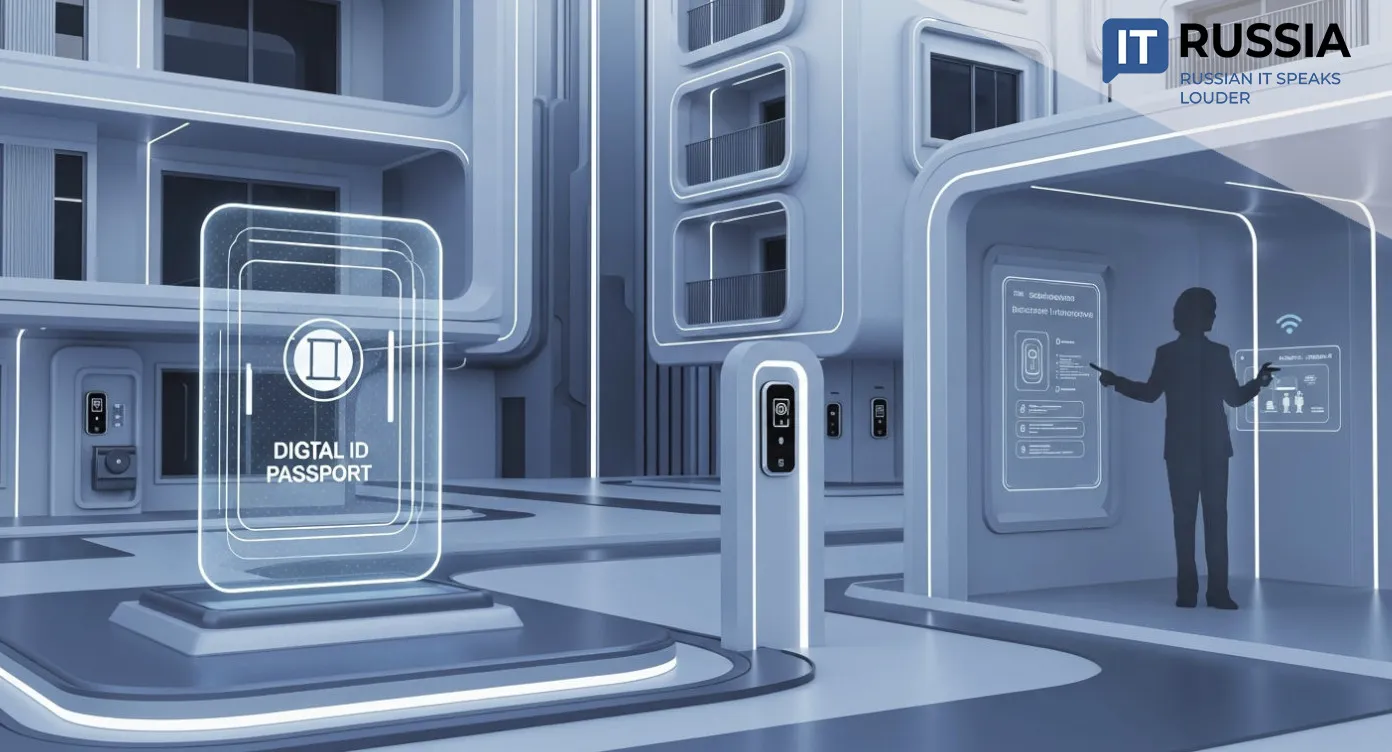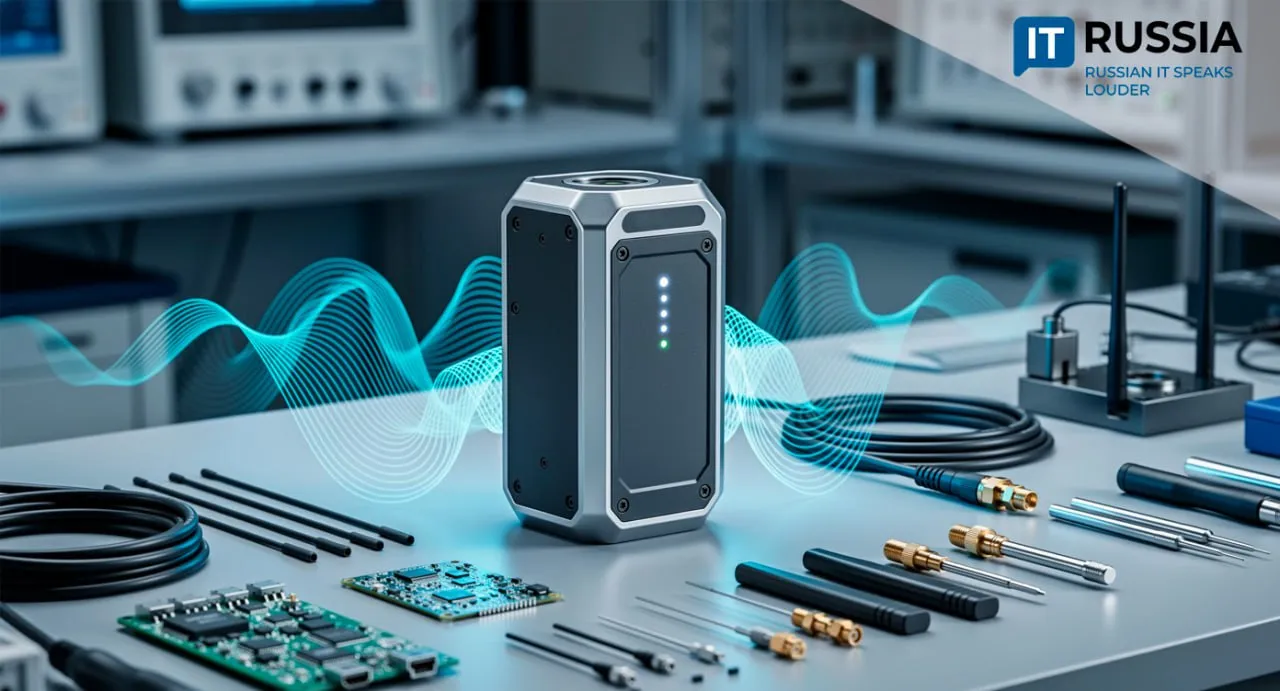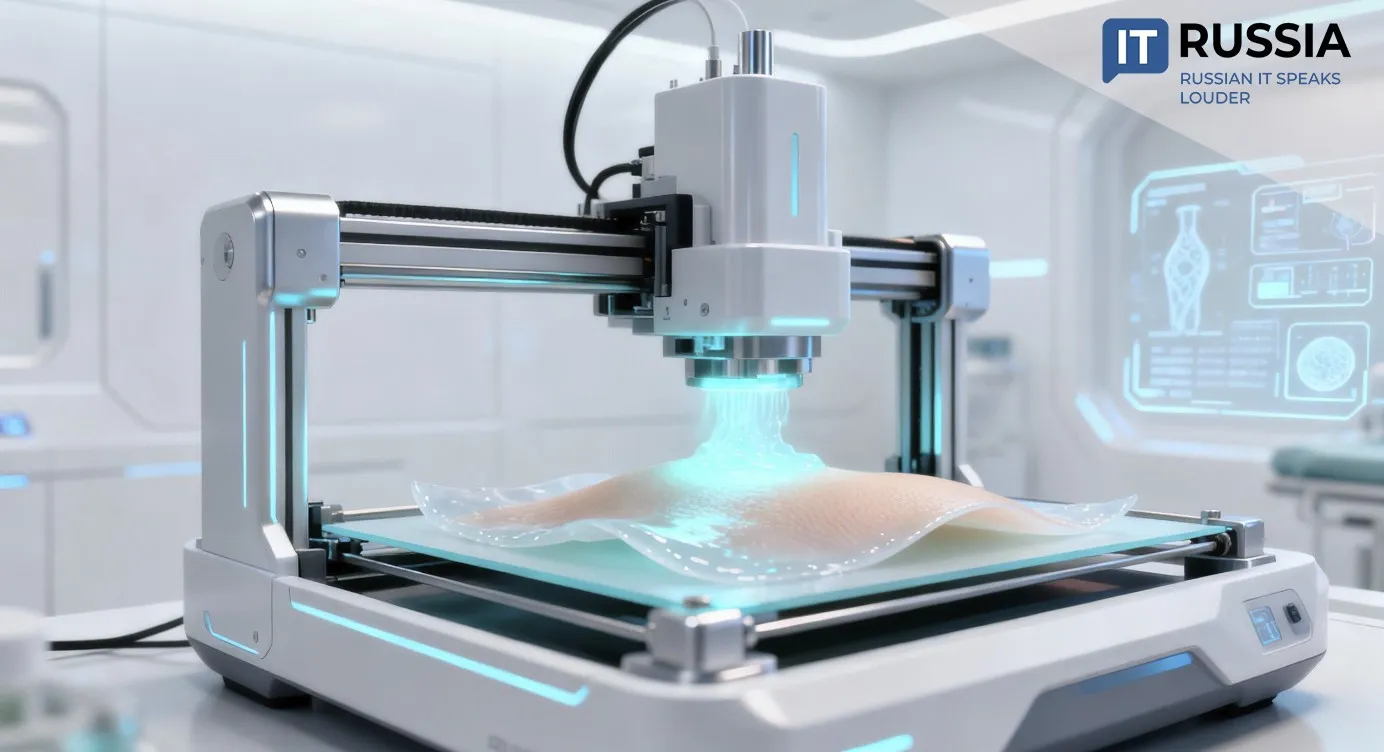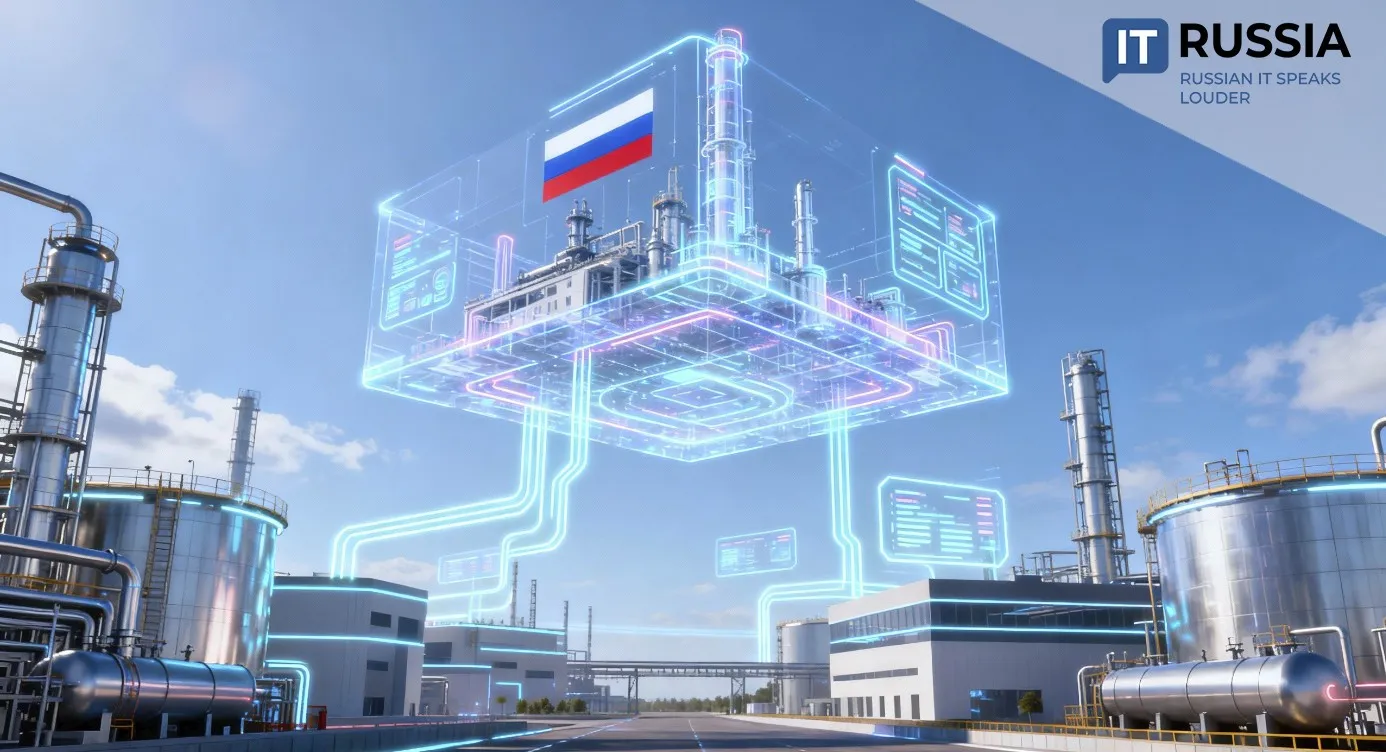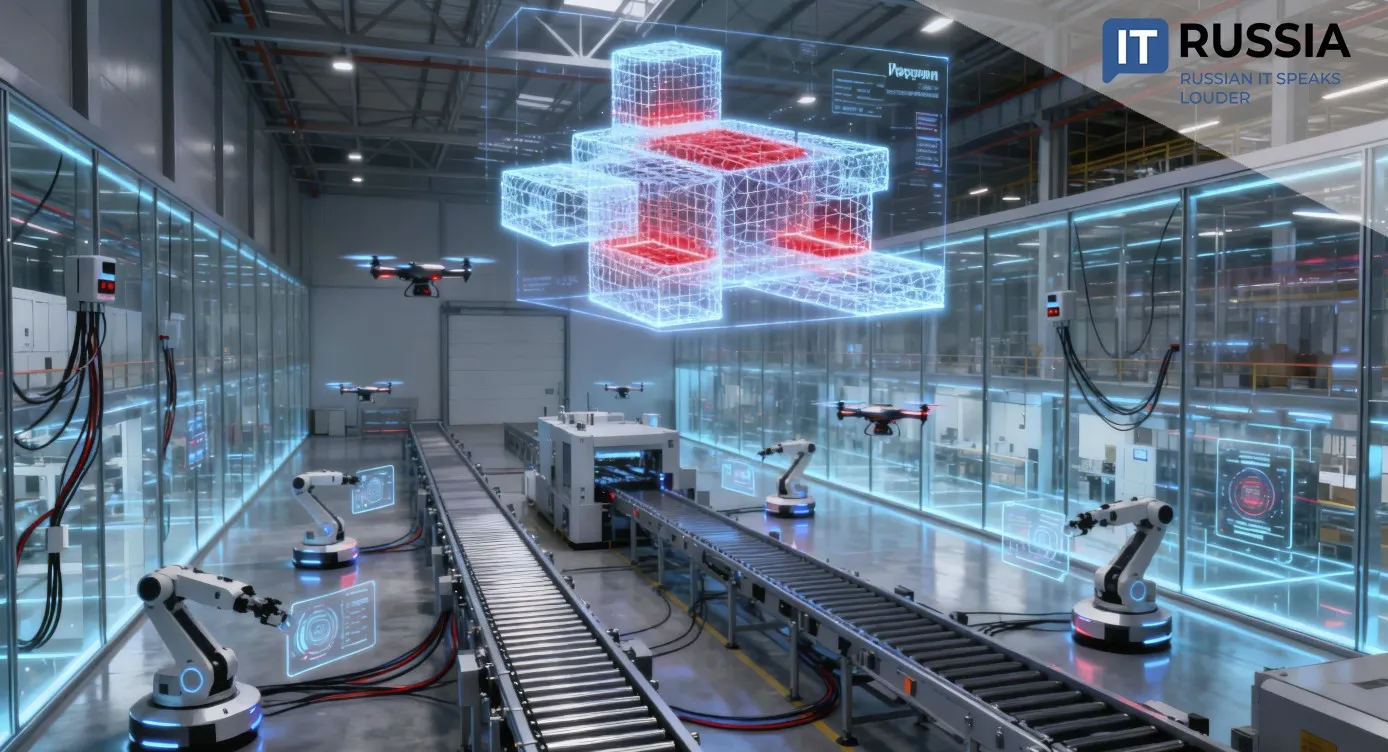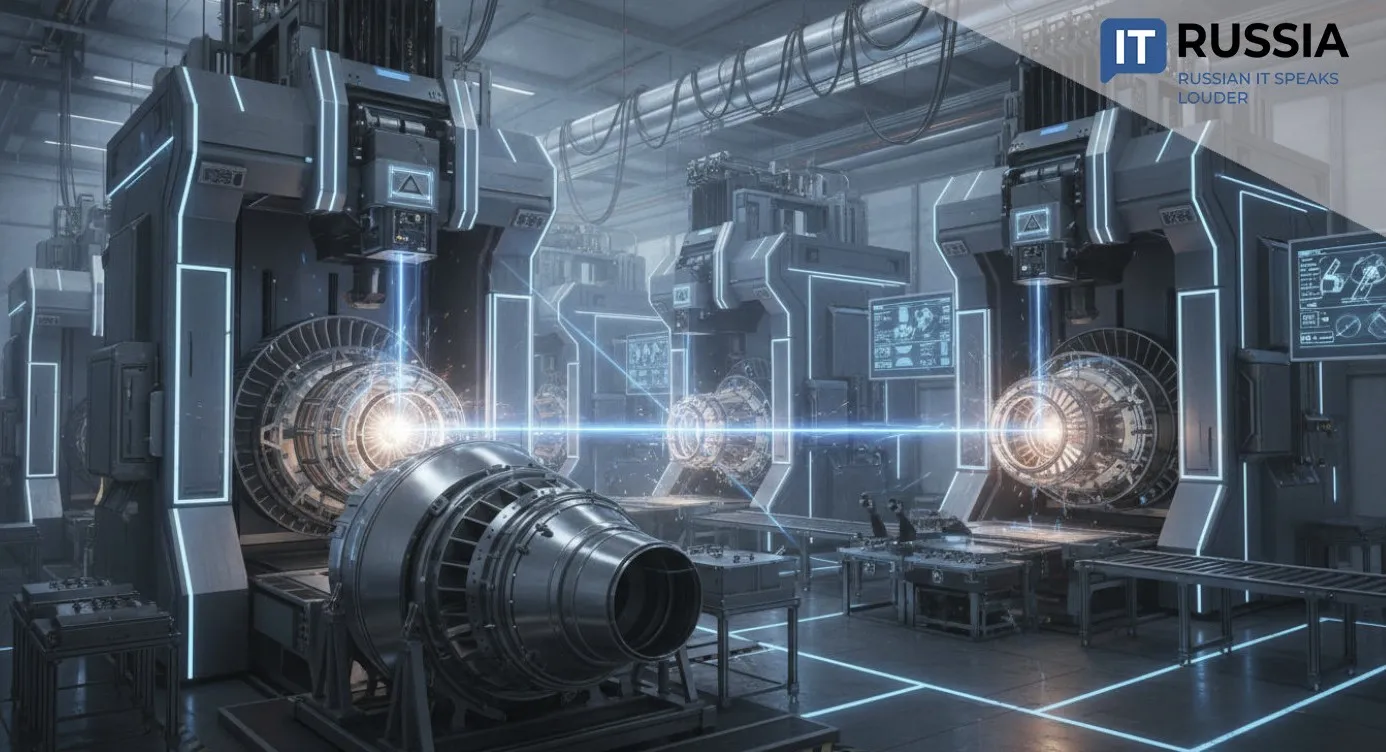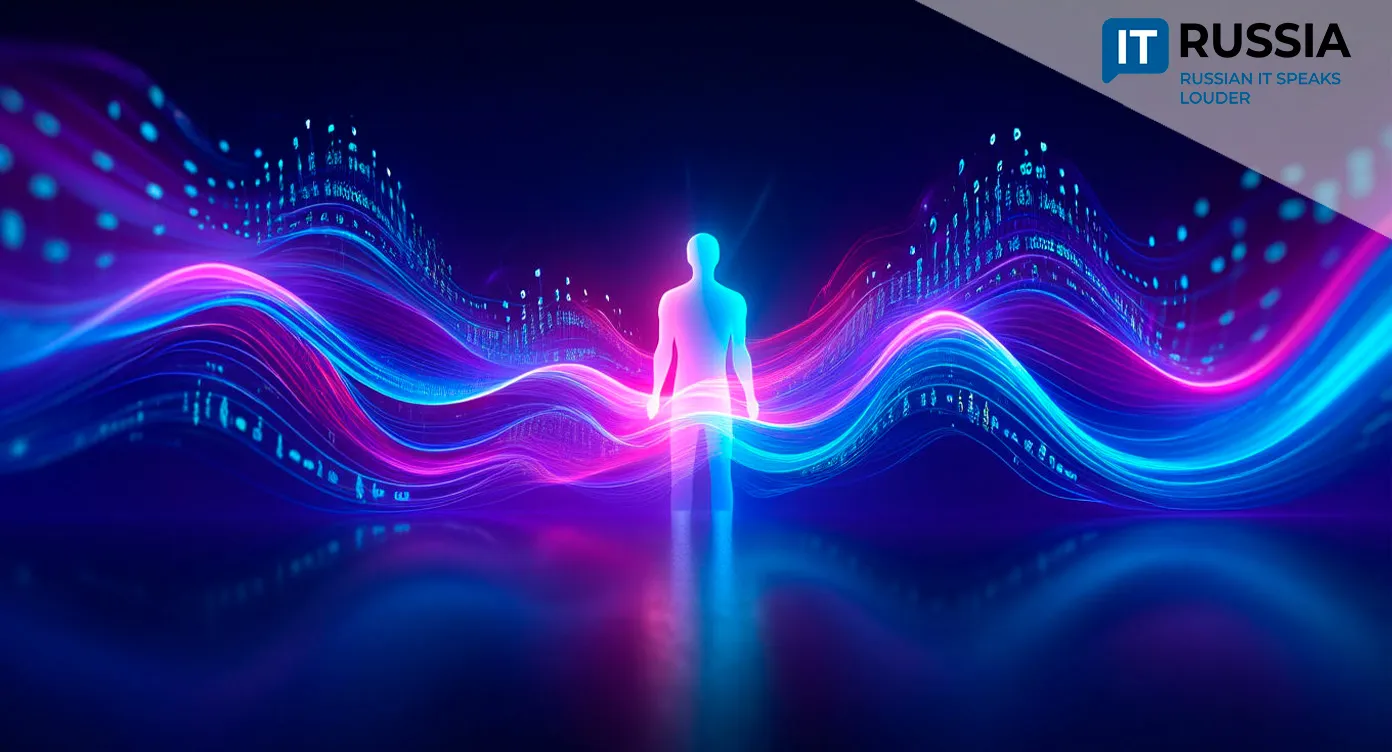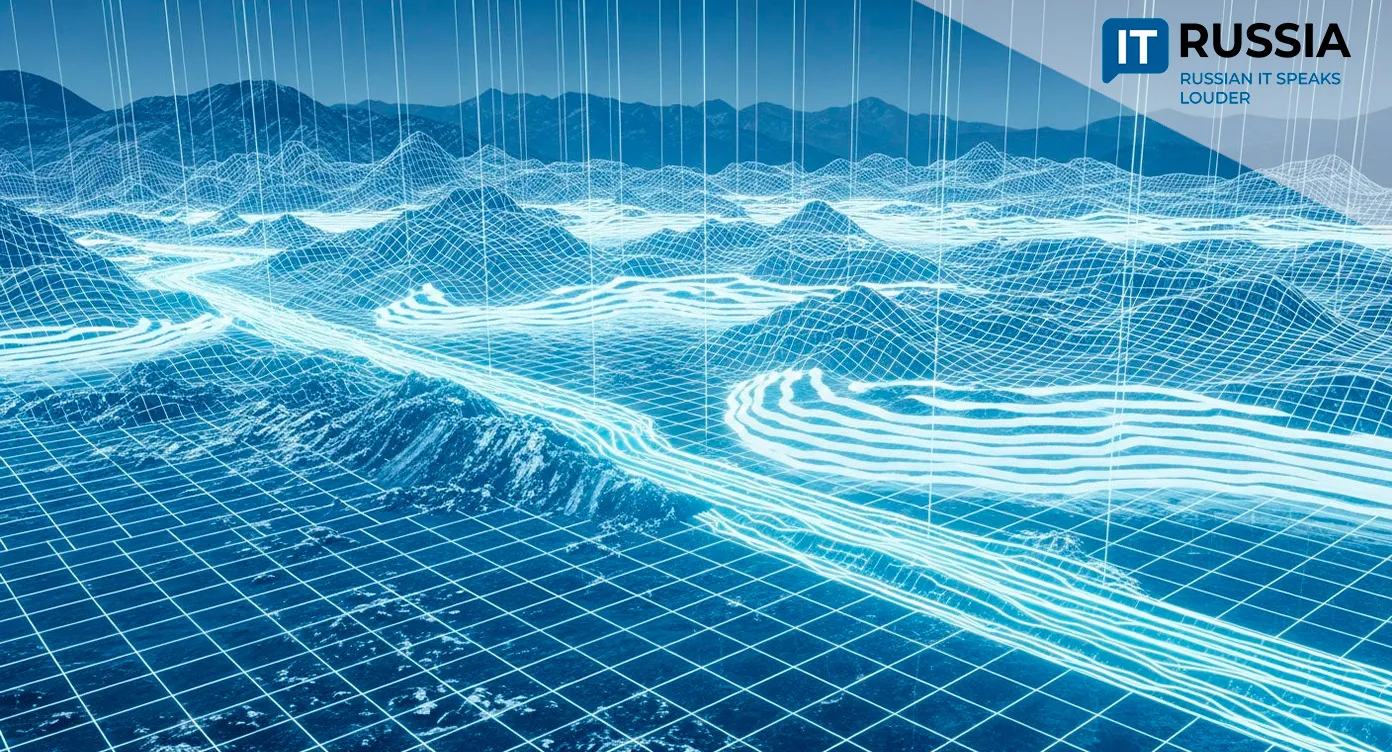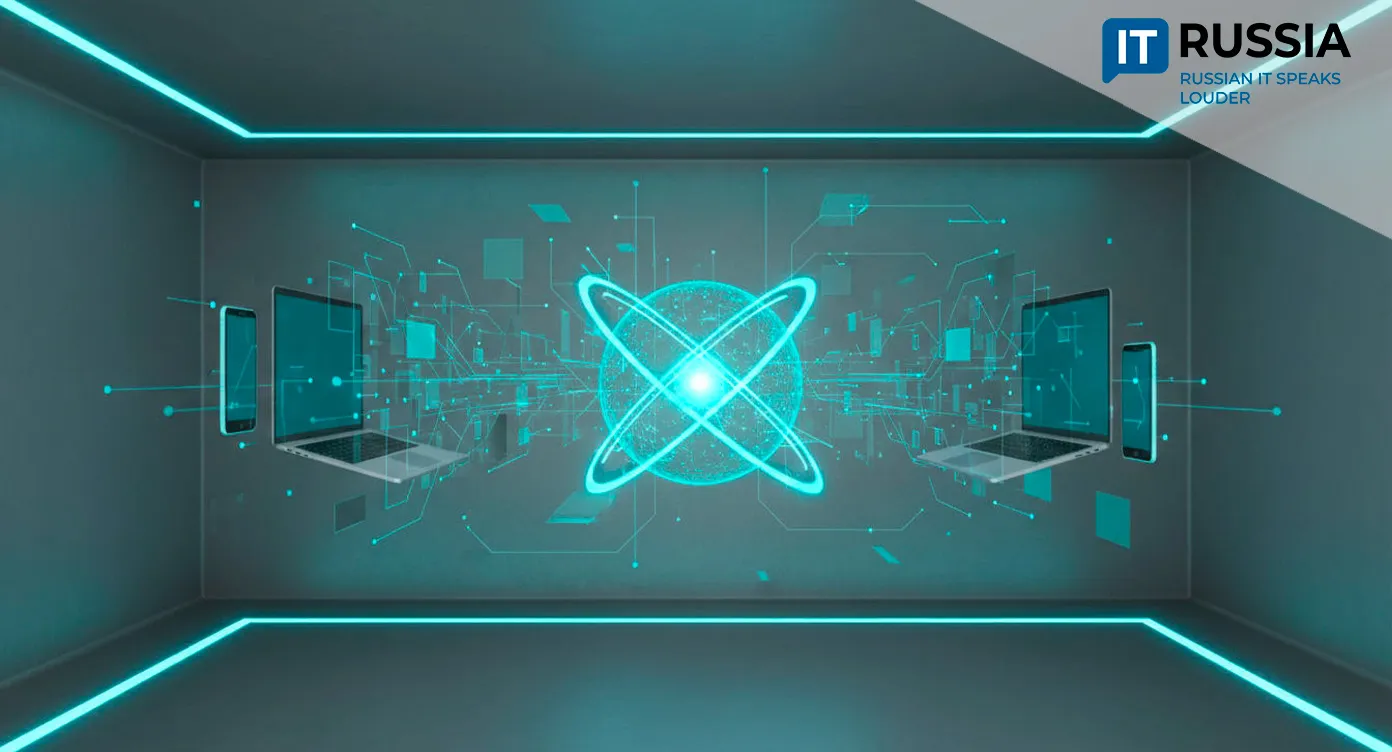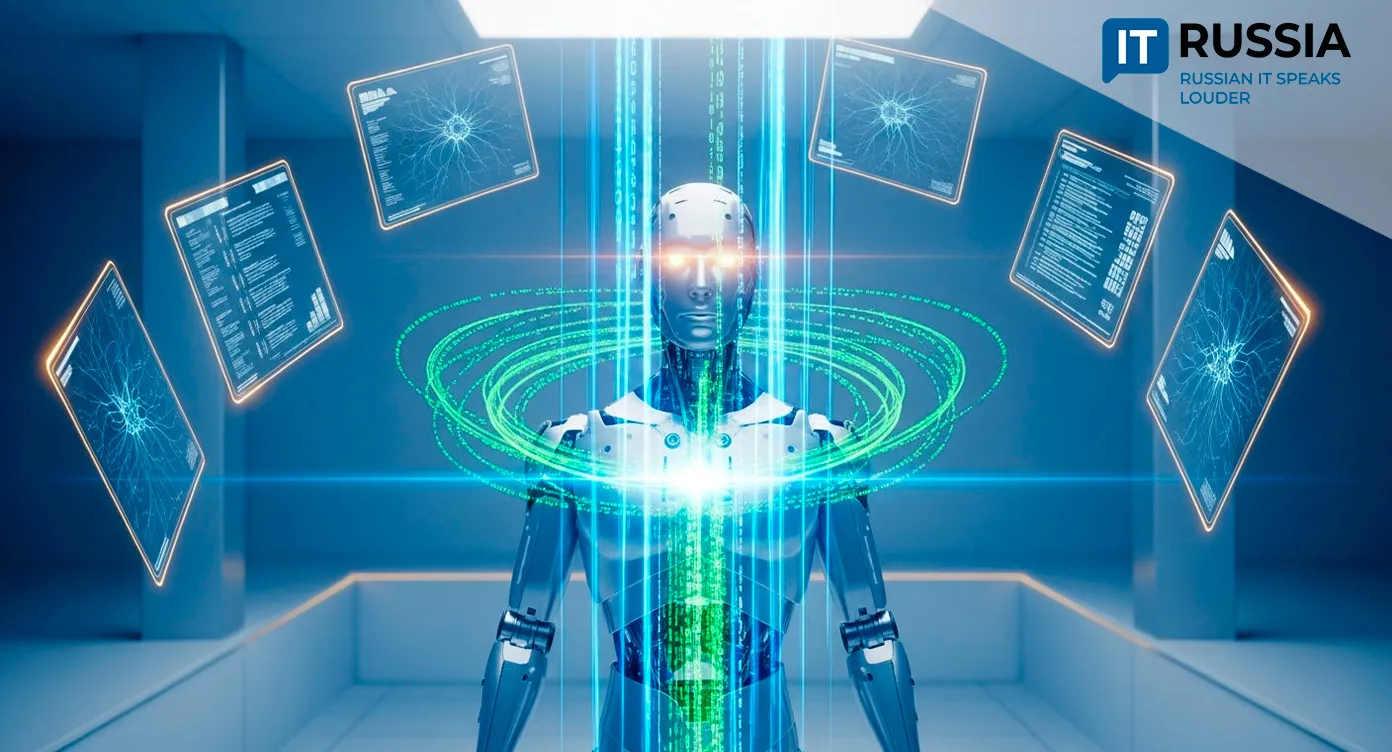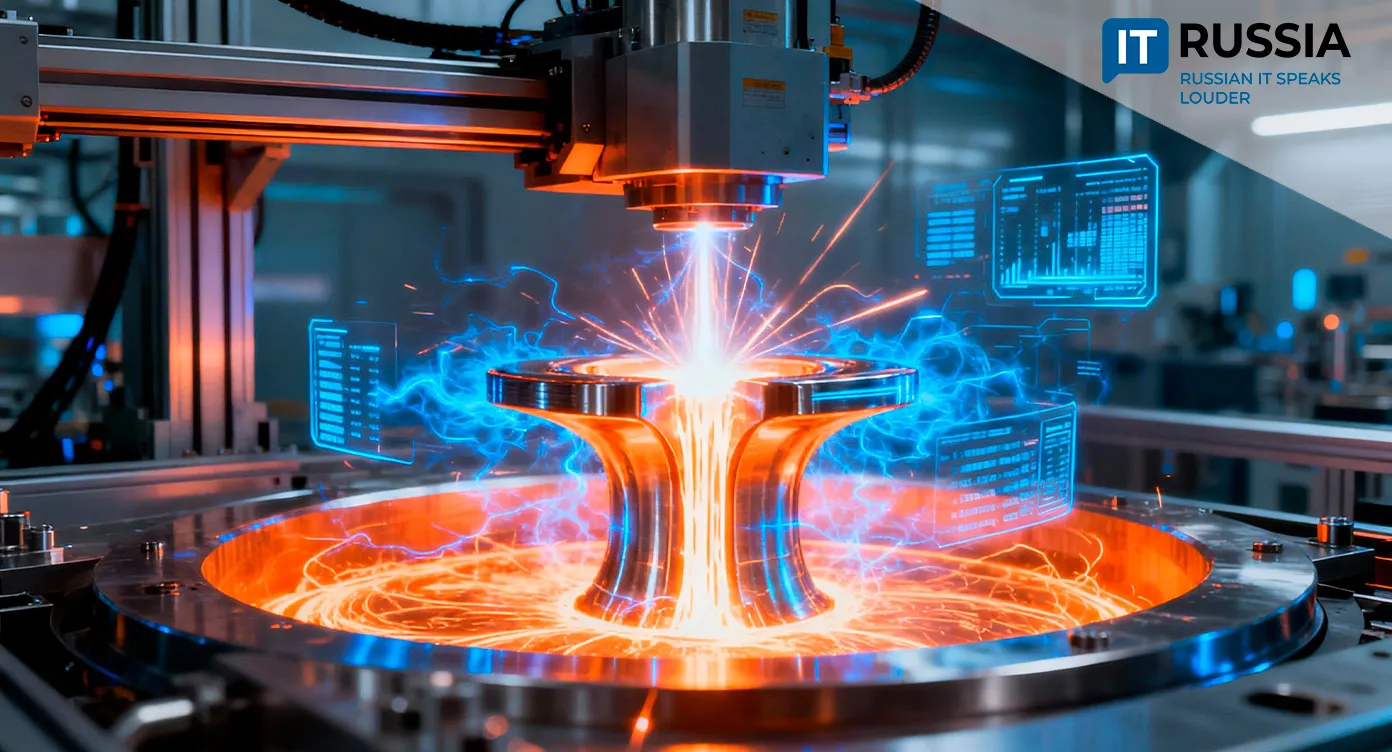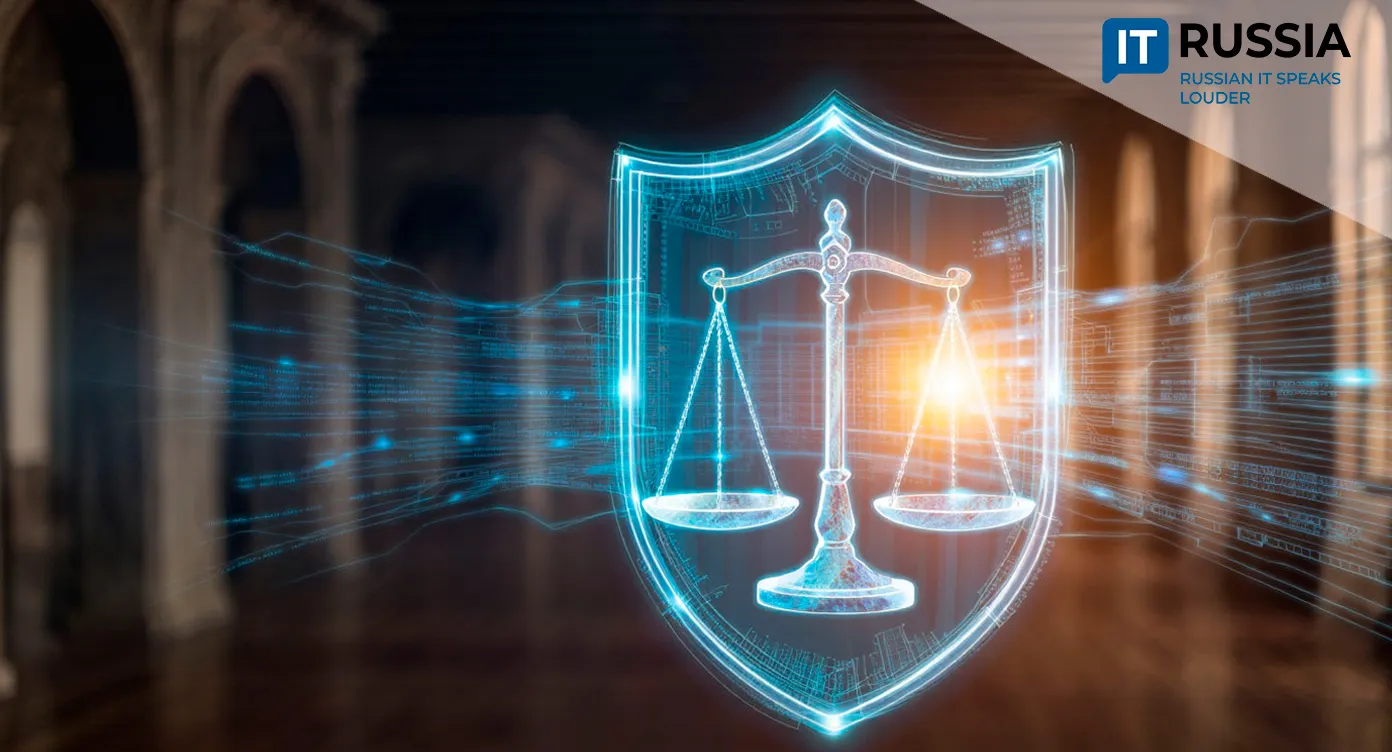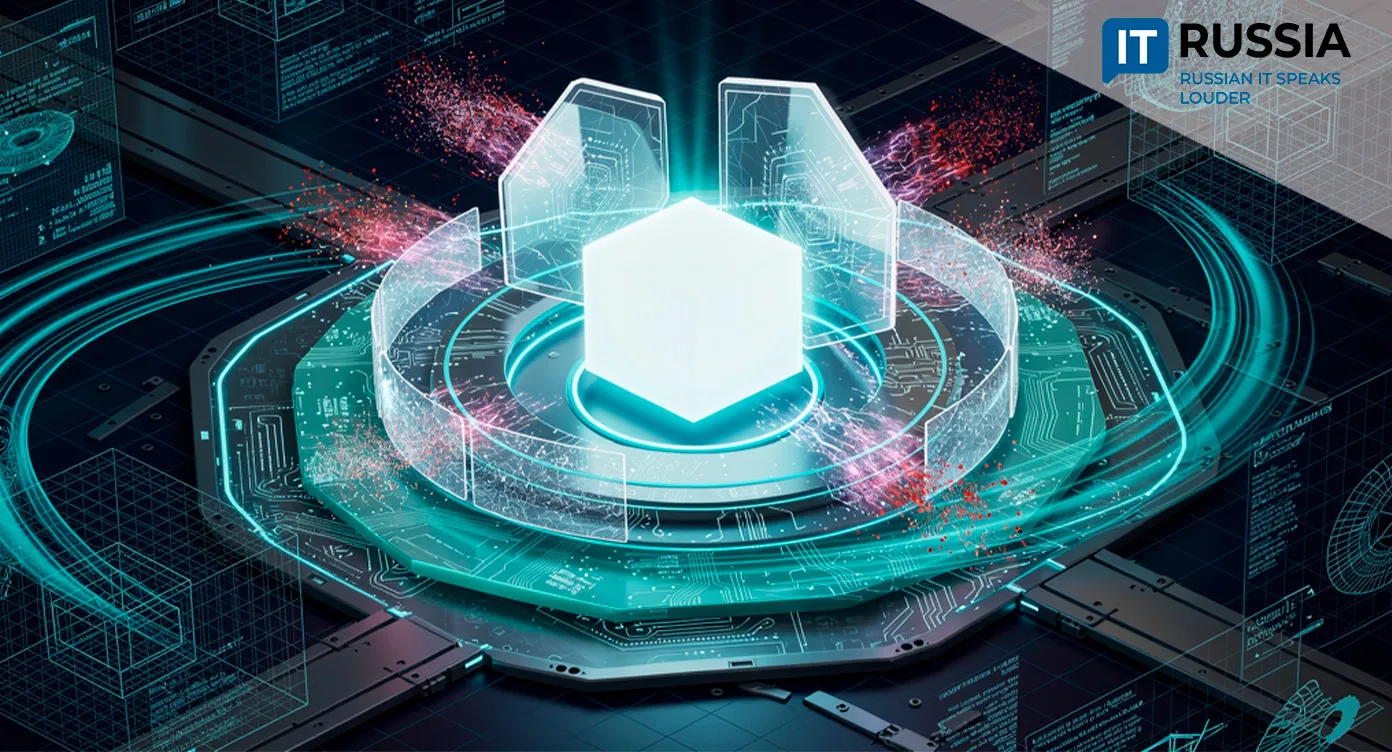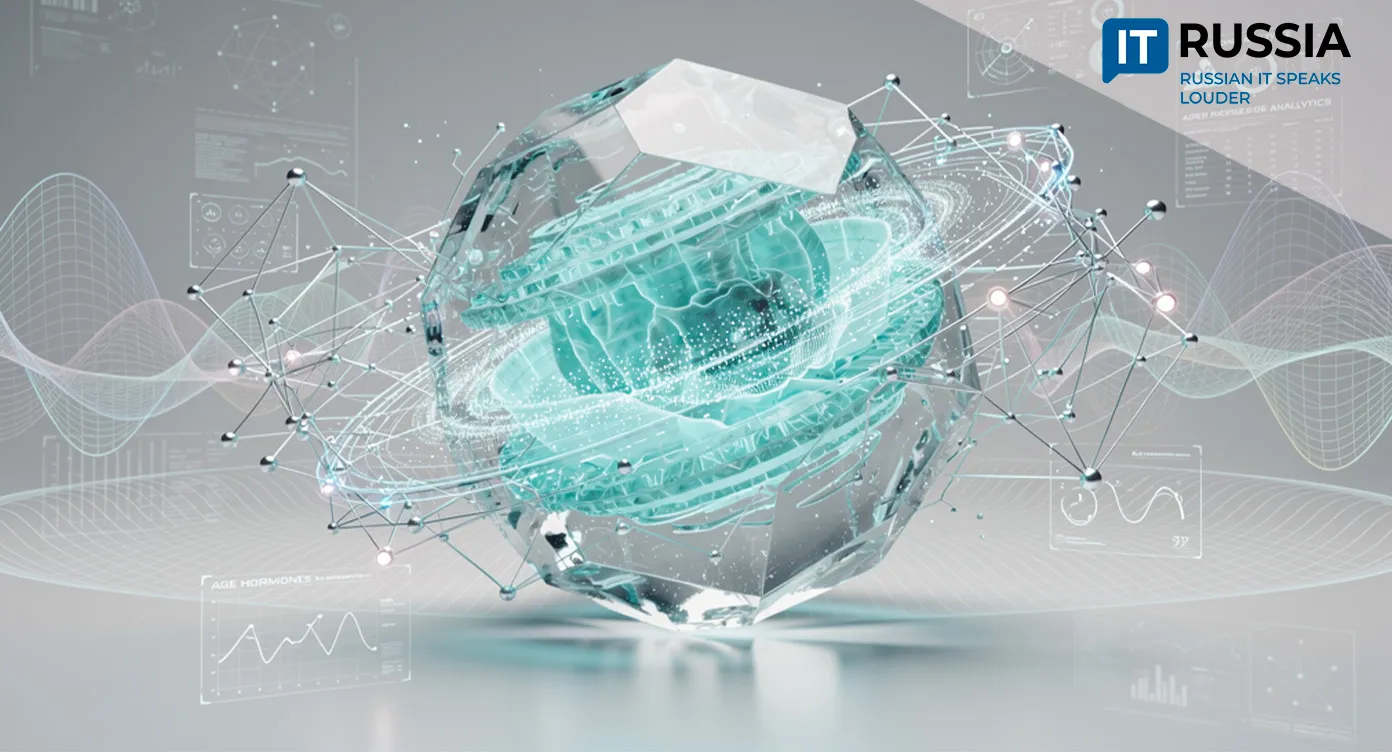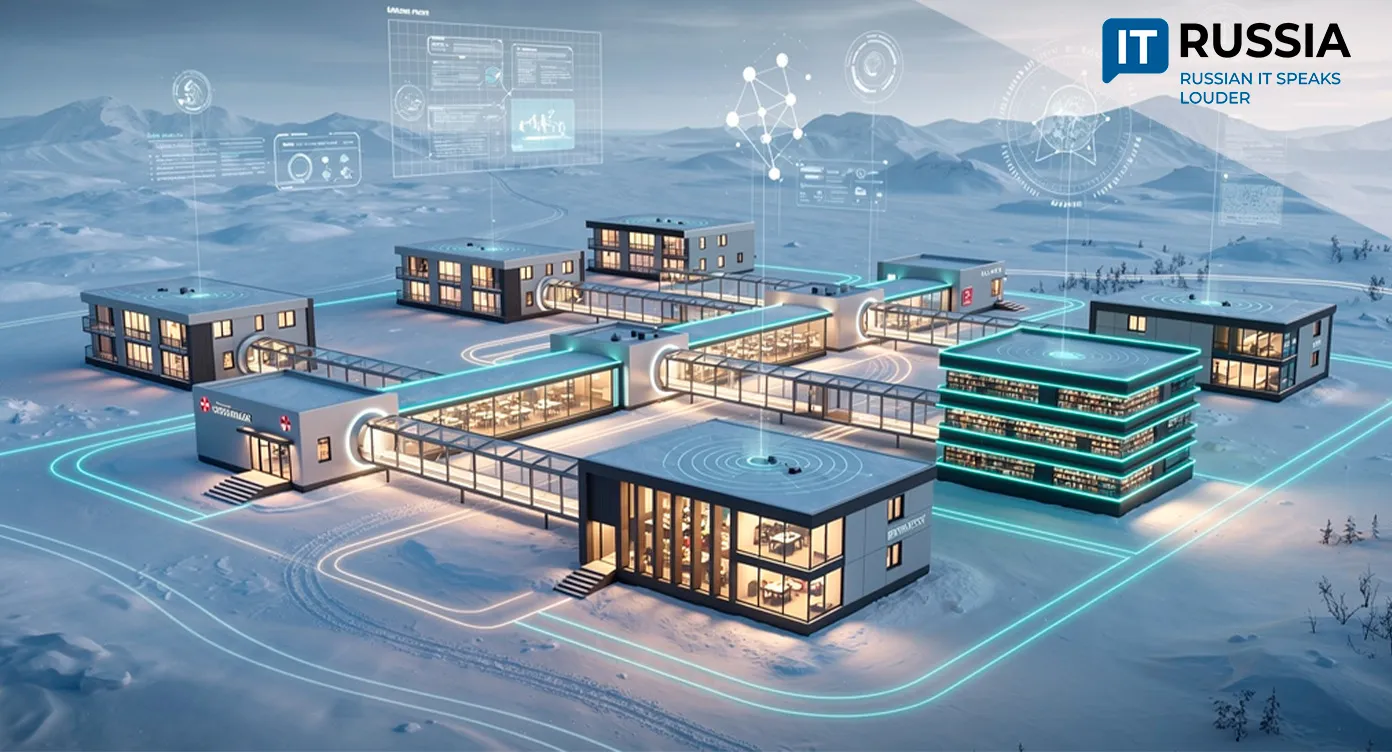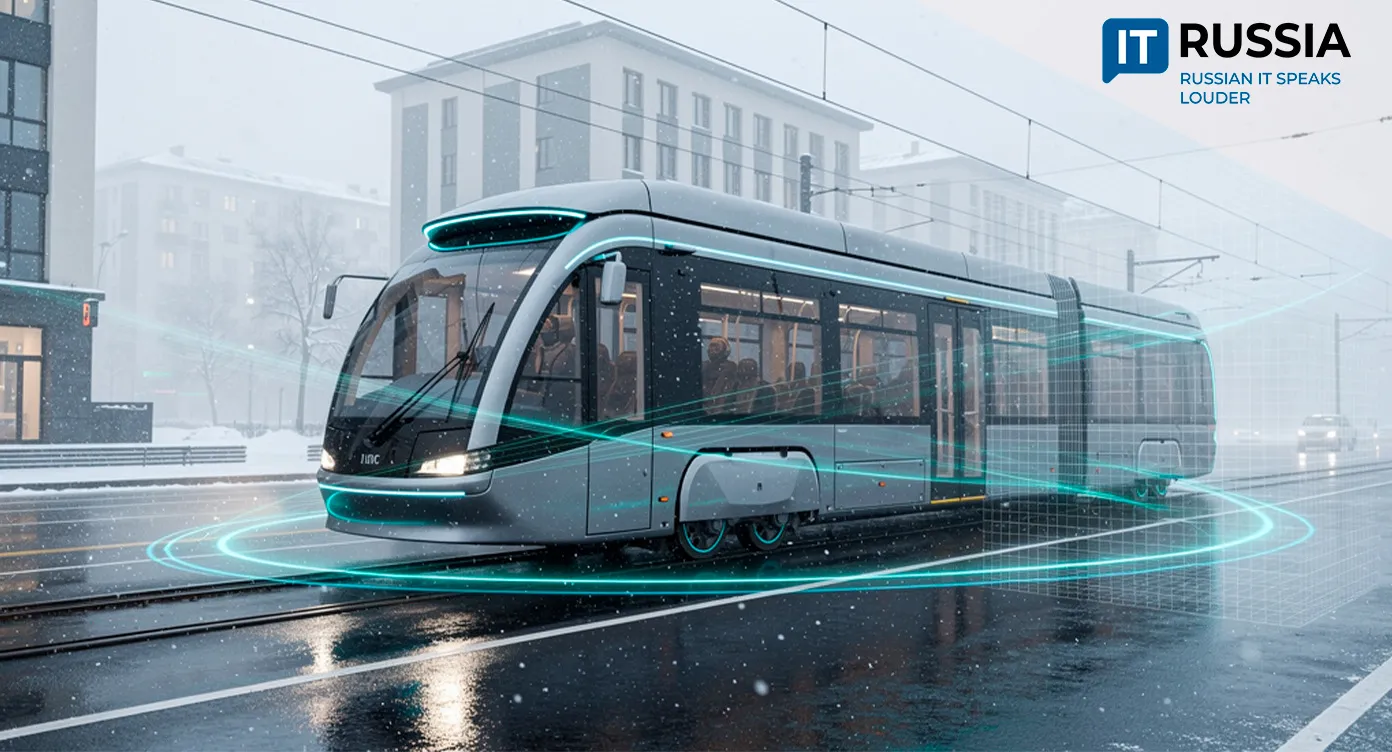‘Pioneer’ Takes Flight: Smart Drones Join the Classroom
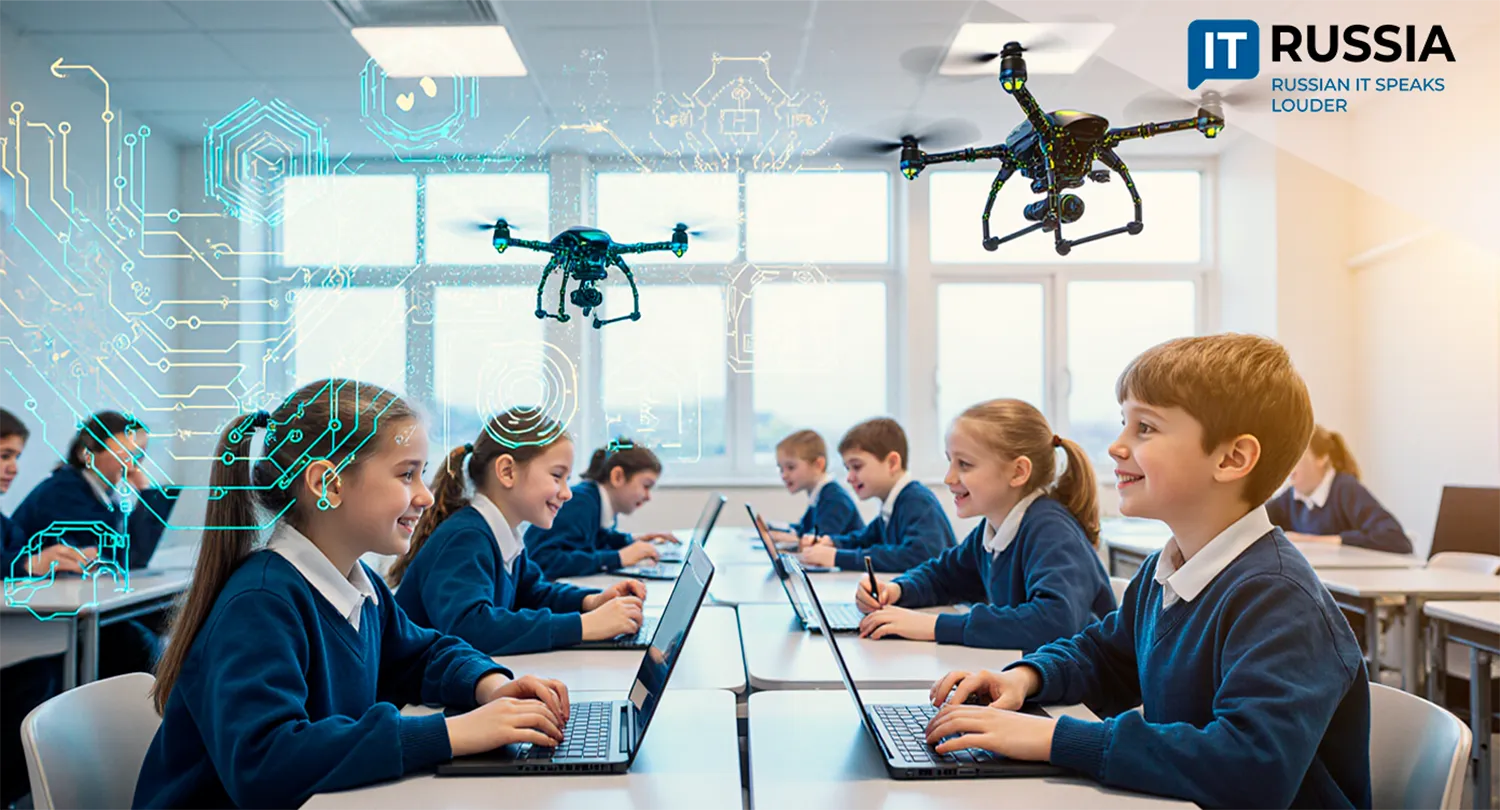
Smart drones designed and manufactured in Moscow are about to transform how students learn coding, teamwork, and artificial intelligence — while strengthening Russia’s drive toward technological independence.
Airborne Teachers
The launch of the Pioneer Mini 2 educational drone marks more than just another robotics product hitting the market. It represents a breakthrough that could accelerate the digital transformation of secondary and technical education in Russia.
Weighing less than 150 grams, the Pioneer Mini 2 comes equipped with a neural accelerator and a high-resolution camera. Thanks to onboard artificial intelligence and computer vision, it can recognize objects, follow programmed routes, and interact autonomously with other drones in a swarm — without depending on cloud servers. This design ensures not only advanced technical capability but also safety in a school environment.
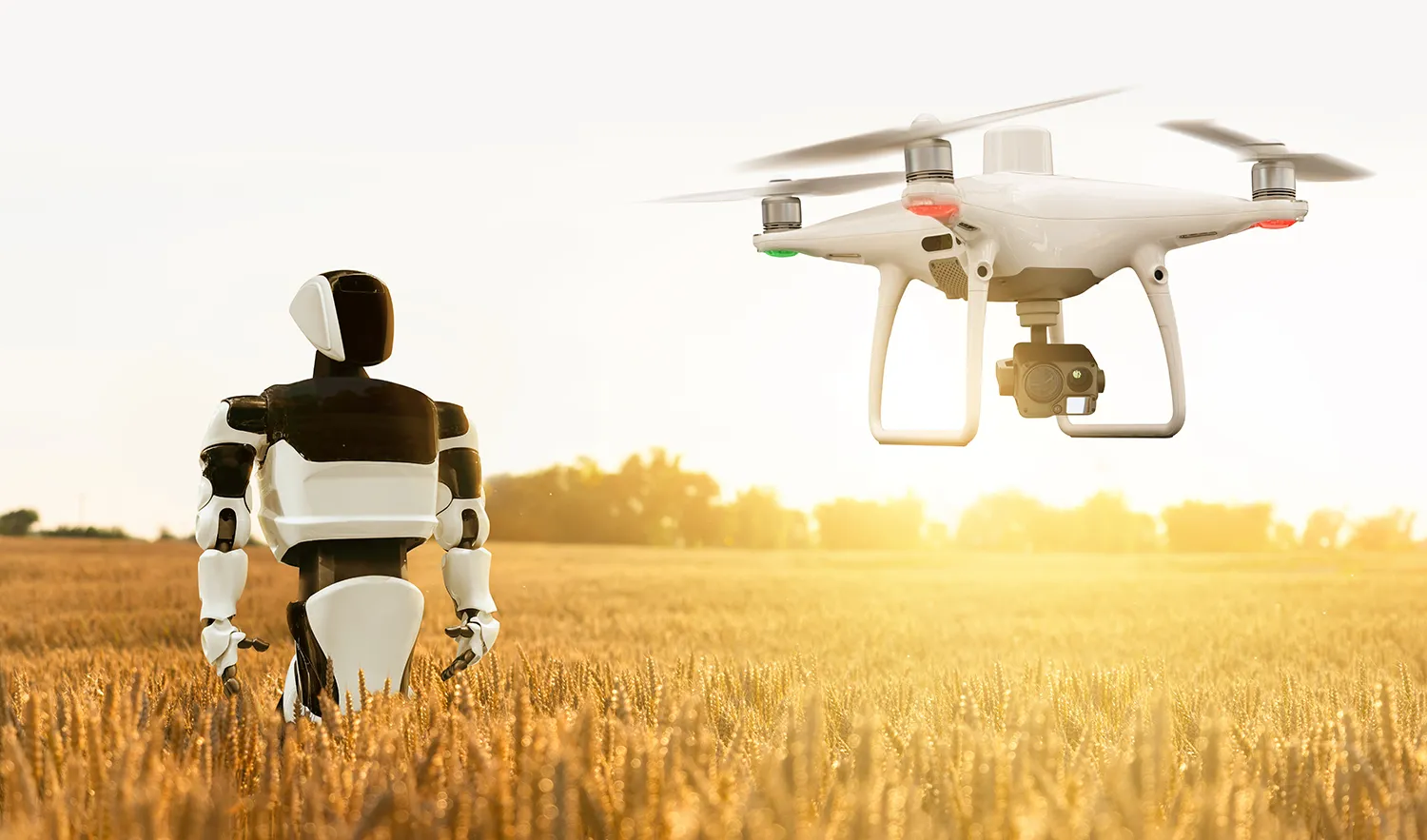
Its most compelling feature may be the adaptive learning path. Younger students can start with block-based programming, while older learners advance to text-based coding and eventually to creating neural network algorithms. This staged approach allows students to progress naturally, building real-world digital economy skills along the way.
The drones also work in teams via Wi-Fi, connecting with other robots for group projects and competitions. These experiences extend learning beyond technical know-how, fostering soft skills like collaboration, critical thinking, and creativity.
Building a Student Tech Community
The initiative is supported by a six-year offset contract that includes deliveries of 20 types of educational equipment. A central priority is import substitution: nearly all components, including batteries, are produced domestically.
A key partner is Pasika, a Moscow-based resident company that manufactures high-capacity lithium batteries.
Technopolis Moscow has also opened a dedicated flight-testing facility, speeding up the path from prototype to classroom-ready technology. For schools, the Pioneer Mini 2 offers a structured transition from basic coding exercises to advanced algorithmic thinking and AI. Upcoming online courses, robotics competitions, and networked labs will connect students across regions, while open platforms for sharing algorithms and projects will nurture a new generation of young IT specialists.

In the long run, both the Pioneer Mini 2 and its educational ecosystem may find demand not only in Russia, but also across CIS countries and further abroad.
A Path Toward Breakthrough
Educational robotics in Russia has seen steady growth in recent years, but most projects focused on simple kits and entry-level robots. The Pioneer Mini 2, building on earlier versions like the modular Geoscan Pioneer Basic and the first-generation Pioneer Mini, is among the first mass-market drones with built-in AI designed specifically for schools.
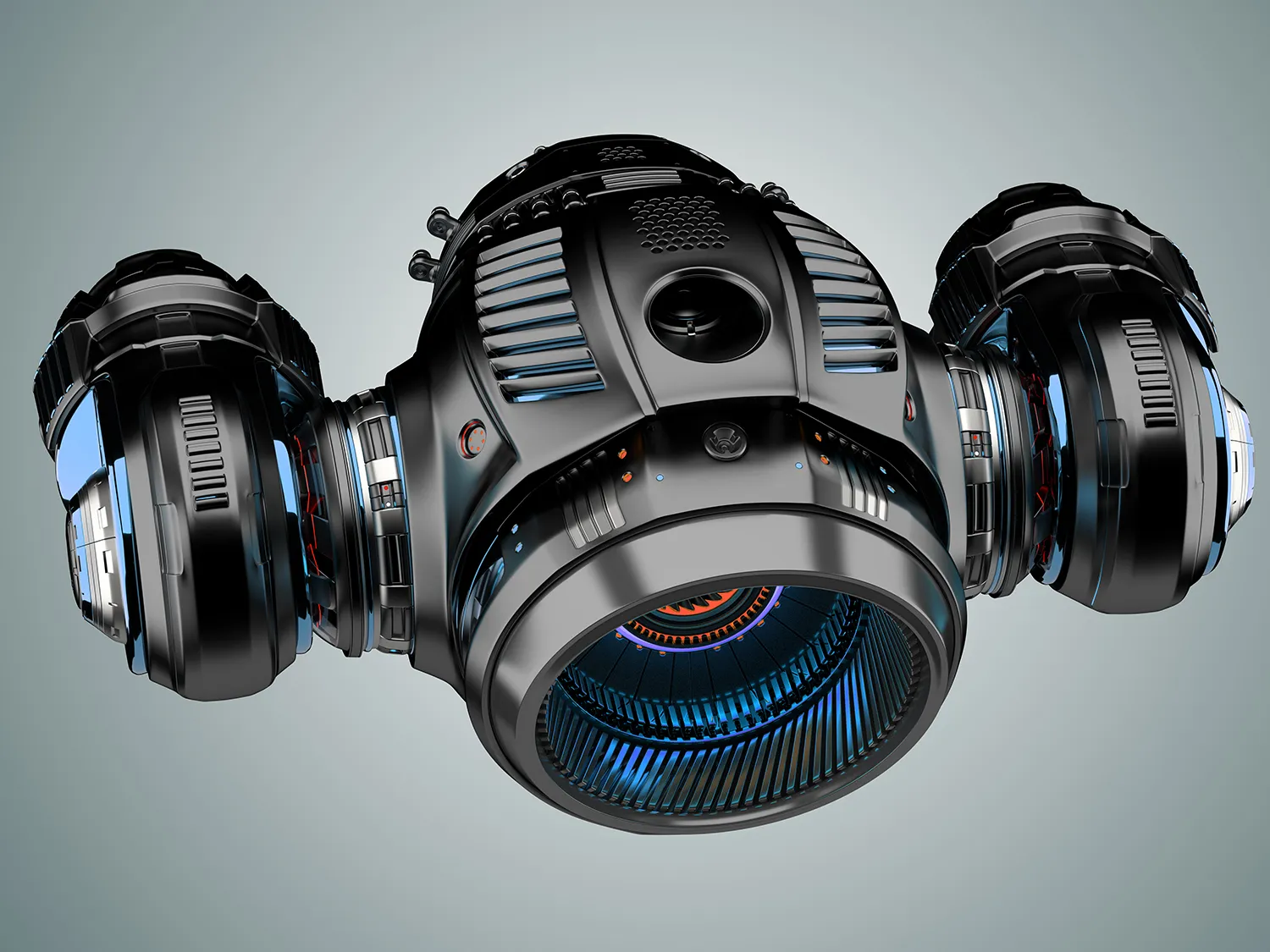
What is equally notable is the shift in localization. While previous efforts targeted mainly software, today hardware components — down to the batteries — are also being produced domestically. This points to a significant step toward technological self-reliance.
Offset contracts, once limited to equipment supply, now include AI platforms and robotic solutions as part of educational policy. This signals a broader commitment to embedding technology directly into the learning process.
In the years ahead, mass production of new drones is expected to integrate seamlessly into curricula nationwide. The Pioneer Mini 2 is not just a drone — it is a symbol of a new era in Russian education, where advanced technology becomes an everyday part of learning.



